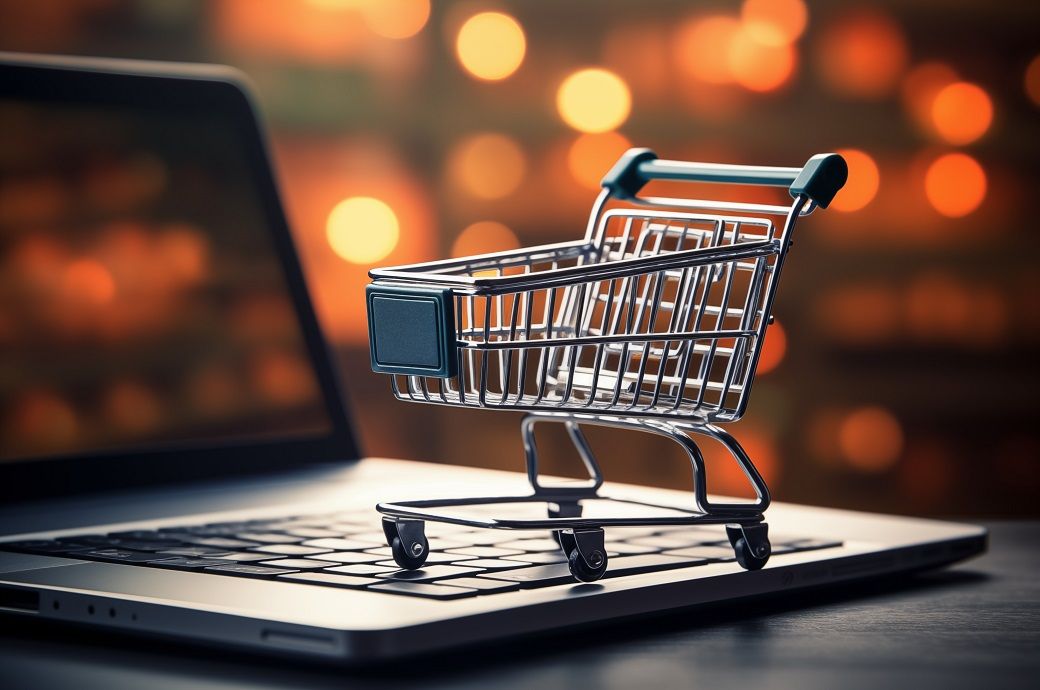
As persistent inflation continues, consumers are increasingly opting for more affordable items online. Adobe's analysis, which categorised products into four price quartiles, revealed a significant rise in the sales of the cheapest goods across various categories, with apparel experiencing a 47 per cent increase. In contrast, the growth in the cheapest sporting goods was less pronounced at 28 per cent, likely due to higher brand loyalty and consumer preference for quality.
The buy now, pay later (BNPL) option has also seen continued popularity, with $25.9 billion of e-commerce spending using BNPL from January to April 2024, an 11.8 per cent increase from last year. Adobe predicts that BNPL will contribute between $81 billion and $84.8 billion in online sales for the full year, reflecting a growth rate of 8 per cent to 13 per cent, as per Adobe.
Mobile shopping has taken a definitive lead over desktop, with mobile transactions accounting for $156.9 billion in the early months of 2024, up 9.8 per cent YoY. This trend is expected to persist, with mobile projected to account for 52.5 per cent of online revenue in the upcoming holiday season.
In terms of marketing, paid search has been the most effective channel for driving online sales, contributing to 28.2 per cent of the total. Other significant contributors included direct web visits, partners, organic search, and email. Despite its lower share, revenue from social media has grown by 5.2 per cent YoY, although organic search has seen a decline, now driving 15.9 per cent of sales.
Fibre2Fashion News Desk (DP)